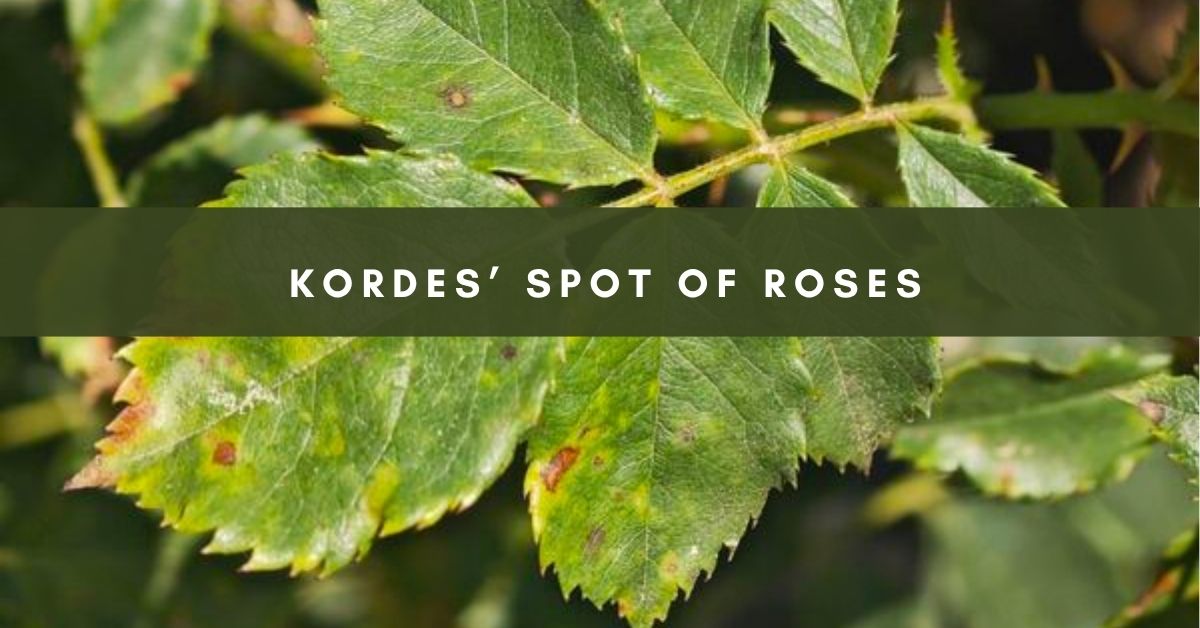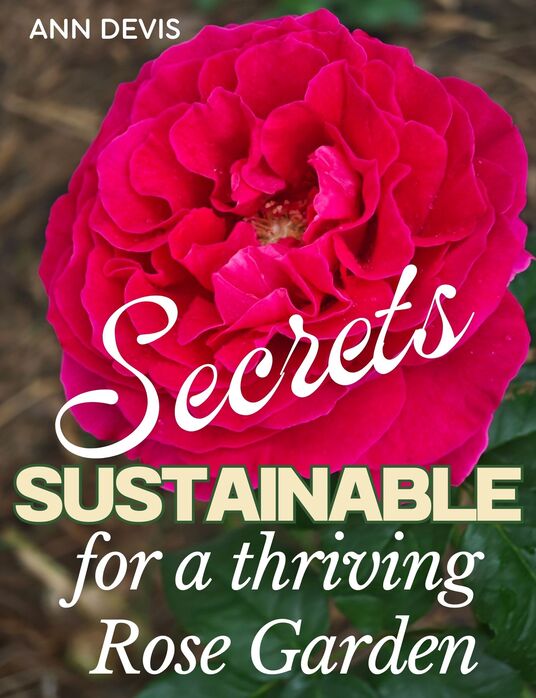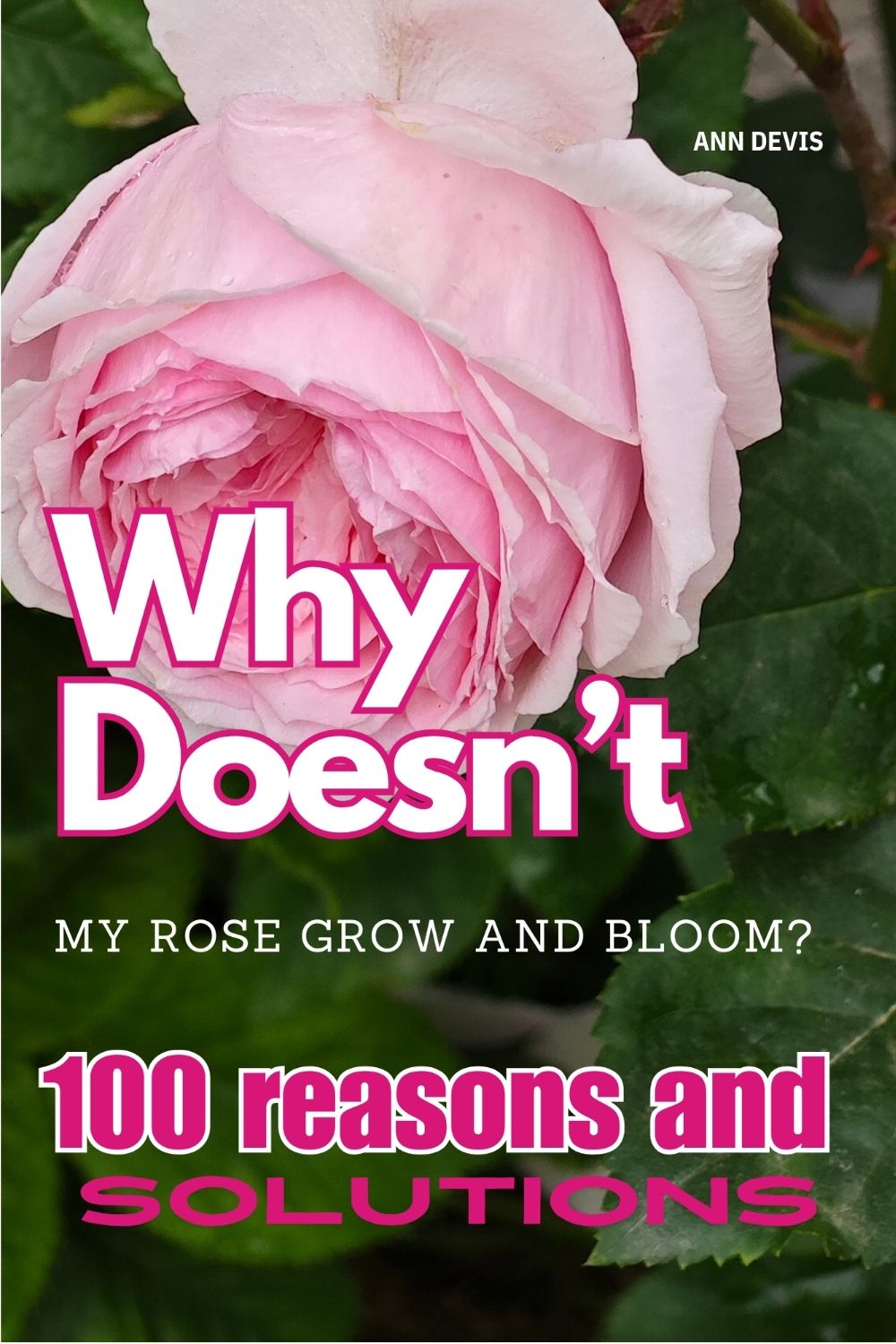If you’ve noticed small, reddish-brown lesions on your rose leaves that refuse to disappear—even after proper care—your roses might be suffering from a relatively recent but significant disease: Kordes’ Spot.
This enigmatic disease, named after the renowned German rose-breeding company W. Kordes’ Söhne, is causing growing concern among rose enthusiasts and breeders alike. But what exactly is Kordes’ Spot, and how can you protect your roses from it?
A Brief History of Kordes’ Spot
Kordes’ Spot, also known as Kordes’ leaf spot, was first recognized in the early 2000s in Europe, especially in test gardens of rose breeders in Germany. The disease was identified during rigorous field evaluations of new rose cultivars under no-spray conditions. These unsprayed rose trials aimed to promote naturally disease-resistant varieties, and ironically, it was during these eco-friendly tests that a previously undocumented spotting pattern began to emerge.
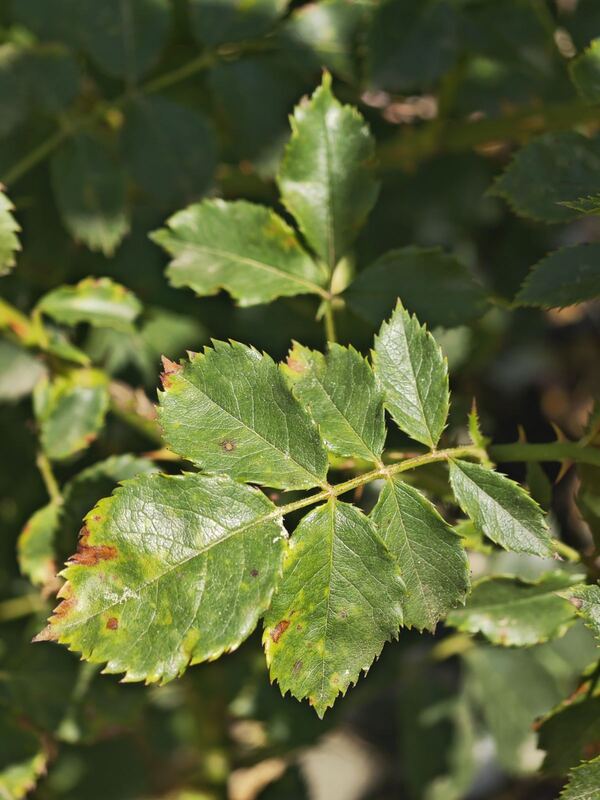
Researchers noted that even roses previously considered disease-resistant were developing persistent spots. The German Federal Biological Research Centre for Agriculture and Forestry (BBA) and later rose breeders such as W. Kordes’ Söhne took interest. The disease was tentatively named Kordes’ Spot after its frequent observation on Kordes cultivars and testing fields.
While initially confused with black spot or Cercospora, Kordes’ Spot showed distinct symptoms and proved to be a separate fungal leaf spot disease with unique pathology.
Causes and Conditions That Trigger Kordes’ Spot
Kordes’ Spot is fungal in nature, though its exact pathogen remains a topic of ongoing scientific study. Here’s what we know so far:
- It thrives in humid, warm environments, particularly in gardens with poor air circulation.
- Unlike black spot, Kordes’ Spot tends to appear even on cultivars that are otherwise highly resistant to classic fungal diseases.
- Leaf wetness, frequent dew, and overhead irrigation can contribute significantly to its spread.
- It appears most aggressively in late spring through early autumn, especially during prolonged periods of mild weather with damp conditions.
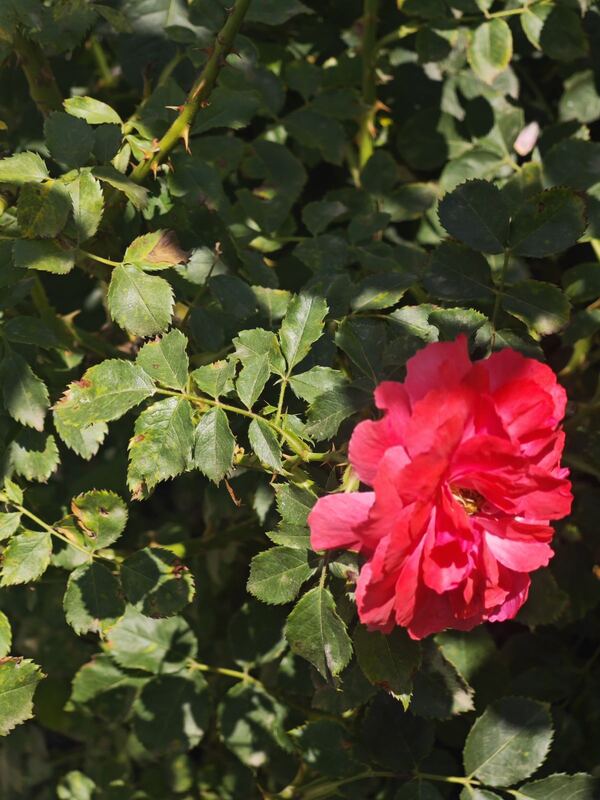
Symptoms: How to Identify Kordes’ Spot
Kordes’ Spot is easily mistaken for other rose leaf diseases at first glance. However, it has its signature features:
- Small, reddish-brown to purple spots, often round or slightly angular.
- Spots are scattered across the upper surface of leaves, with minimal yellowing around them.
- Unlike black spot, leaves often remain green and attached rather than yellowing and falling prematurely.
- The disease primarily affects the lower and middle tiers of the plant, mainly if airflow is restricted.
Which Rose Varieties Are Most Susceptible?
Unfortunately, many modern shrub roses, including some from breeding lines designed to enhance disease resistance, have shown susceptibility. Varieties bred for beauty and fragrance, with less emphasis on multi-fungal resistance, are particularly vulnerable.
Reportedly more susceptible groups include:
- Floribundas and Hybrid Tea roses from European breeders
- Several popular Kordes cultivars, such as Lions-Rose, Cinderella, Laguna, Rosarium Uetersen, and others in the Fairy Tale or Eleganza® lines
However, the degree of susceptibility can vary depending on climate and care, and not all plants from these breeders are affected.
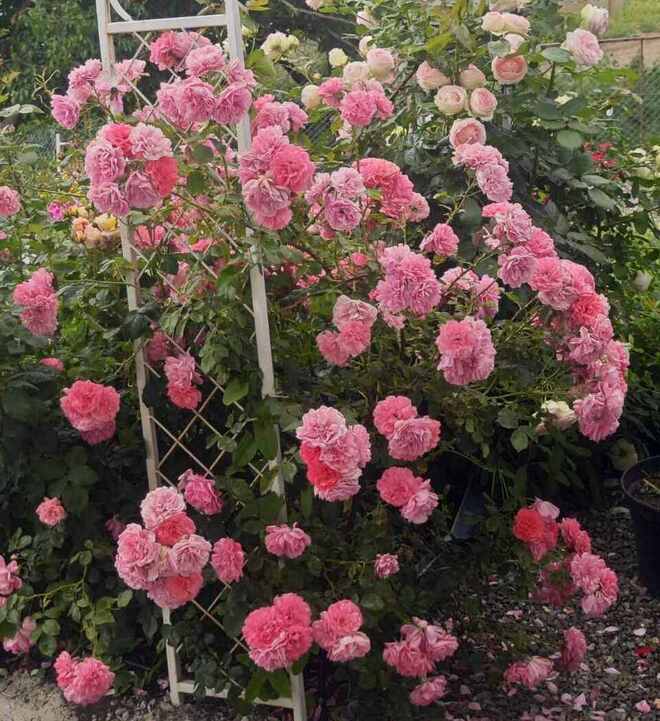
How to Treat Kordes’ Spot
As of now, there is no targeted fungicide specifically developed for Kordes’ Spot, but integrated care can help suppress it:
Remove Infected Leaves (Optional)
- While many gardeners remove infected foliage, some find it unnecessary if they address the root cause.
- In some cases, especially with Kordes roses, leaving damaged leaves in place and avoiding stress may be more effective.
Avoid Foliar Feeding or Spraying
In my rose garden, I have discovered that Kordes roses dislike foliar treatments. Once I stopped spraying or feeding by leaves and switched entirely to root feeding, the incidence of Kordes’ Spot dropped dramatically.
The best way to avoid this disease is to skip leaf treatments altogether for Kordes roses.
Improve Air Circulation
- Space roses adequately and thin dense growth to reduce humidity buildup within the plant.
- Use drip irrigation instead of overhead watering.
Apply Broad-Spectrum Fungicides (if needed)
- Use organic sulfur-based sprays or copper fungicides preventively (not on Kordes varieties).
- In severe cases, rotate with systemic fungicides containing myclobutanil, chlorothalonil, or mancozeb, following label instructions.
Feed for Resilience
- A well-fed plant resists stress better. Use a balanced organic rose fertilizer at the root zone to support immune function.
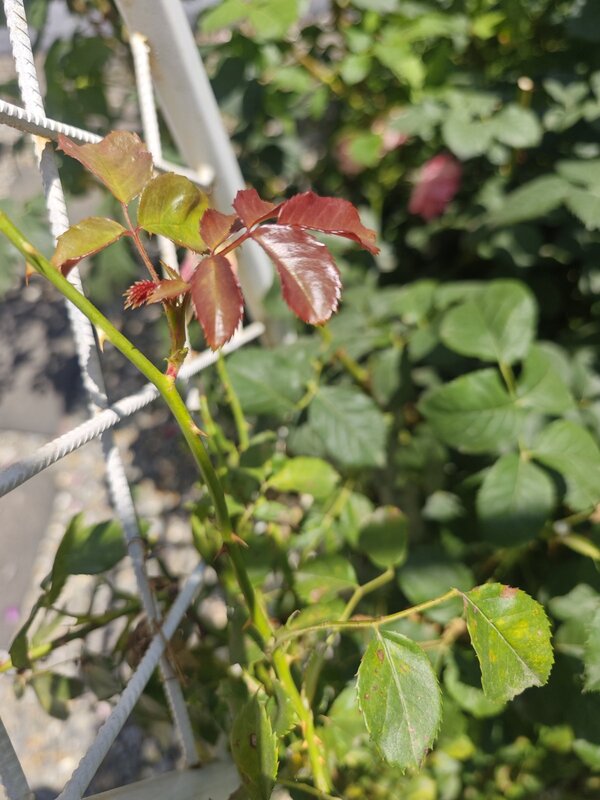
New leaves appeared after I stopped using foliar sprays for the Rosarium Uetersen rose. Healthy. As you can see, for specific varieties, you need to change the feeding tactics.
Preventing Kordes’ Spot: Smart Gardening Habits
Prevention is your best defense, especially since treatment can be limited:
Skip Leaf Sprays for Kordes Roses
Avoid foliar treatments (both sprays and leaf-feeding fertilizers). Kordes roses respond better to root feeding only. This simple change significantly reduces the risk of spotting in many gardens.
Choose Resistant Varieties
While many roses remain susceptible, breeders are actively screening for multi-disease resistance. Seek out newer cultivars rated for high resistance under no-spray conditions.
Practice Clean Gardening
- Sanitize pruning tools.
- Remove all rose debris at the end of the season.
Maintain Strong Plant Health
- Mulch to retain soil moisture and reduce splashback of spores.
Avoid over-fertilizing with nitrogen, which encourages soft, disease-prone growth
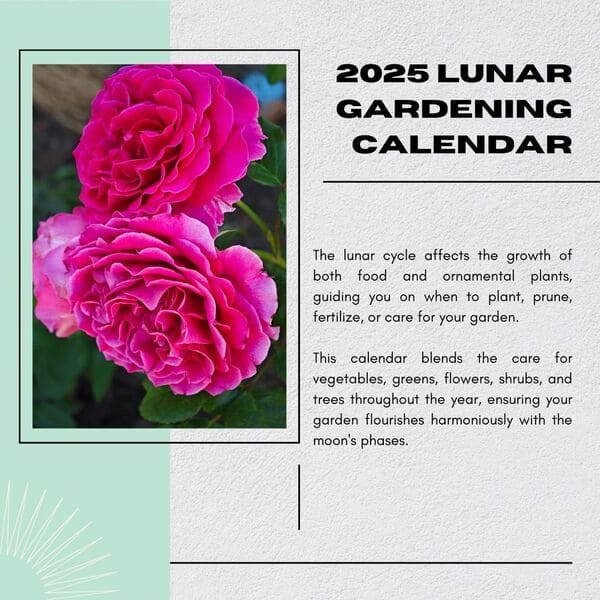
Get Your Free Lunar Gardener's Calendar 2025!
Join the Lunar Gardening Revolution! Subscribe now to receive our exclusive Free Lunar Gardener’s Calendar for 2025. Harness the power of the moon to optimize your planting, nurturing, and harvesting.
Common Questions About Kordes’ Spot
Is Kordes’ Spot the same as the black spot?
No. Though they appear similar, Kordes’ Spot has more isolated spots, less yellowing, and tends to persist even on disease-resistant roses.
Can I get rid of Kordes’ Spot completely?
It can be controlled but is difficult to eradicate once established. Consistent care and prevention are key.
Is Kordes’ Spot harmful to the rose’s long-term health?
Not usually fatal, but it weakens the plant, reduces flowering, and diminishes its visual appeal.
Protecting Your Roses
Kordes’ Spot reminds us that even the finest roses need careful, tailored care. Avoiding foliar treatments—especially on Kordes roses—and focusing on strong, root-based nutrition and airflow can keep your roses healthy, vibrant, and spot-free.
Want more gardening tips? Subscribe to our newsletter for monthly advice straight to your inbox!

